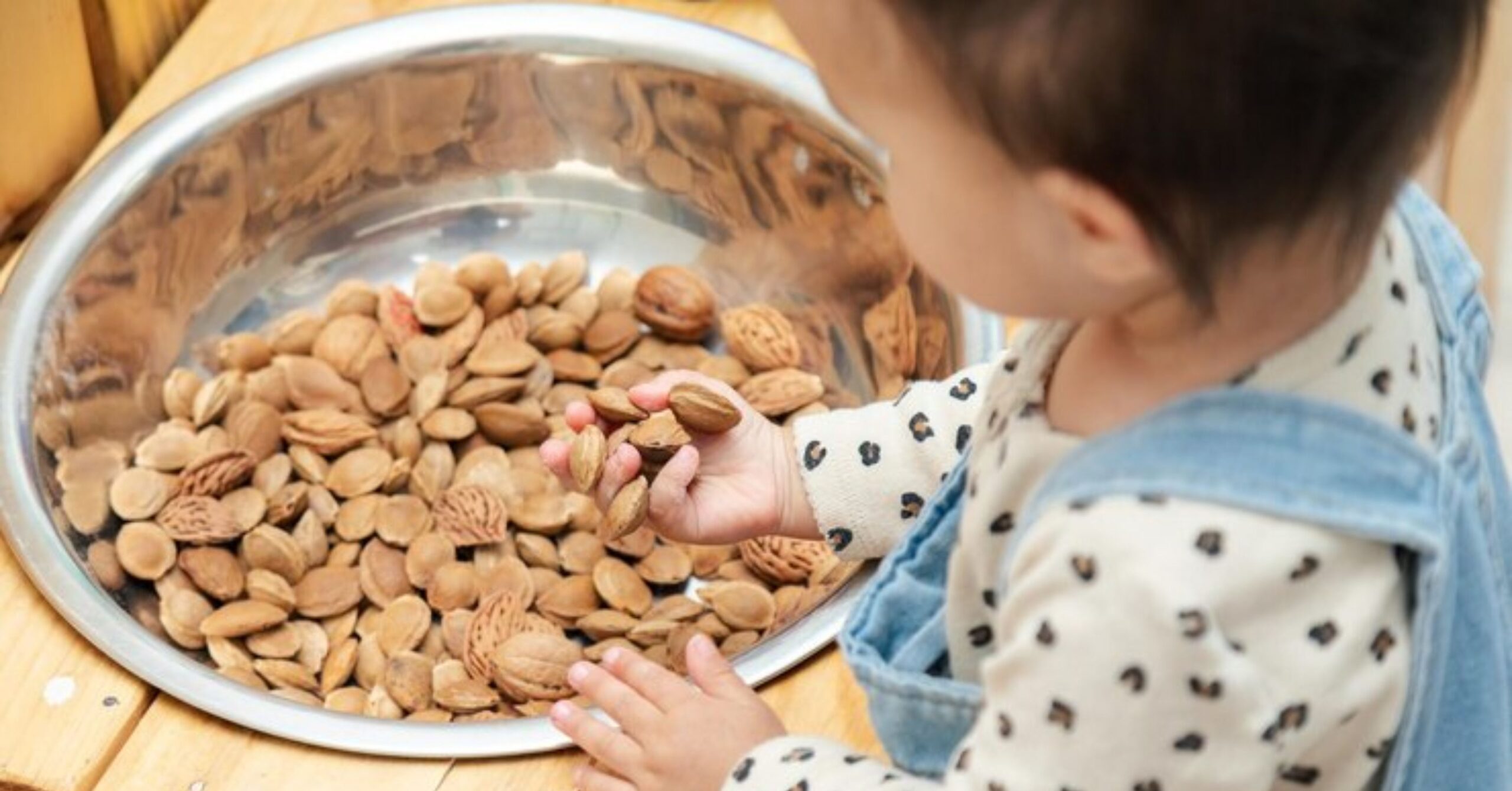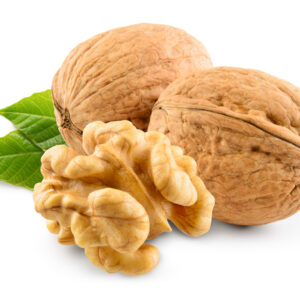

Dry fruits are rich in necessary nutrients, and adding them to a healthy diet can prove to be beneficial. Dry fruits are packed with vitamins, minerals, fiber, and essential fats that support growth and development. However, when adding dry fruits to the diet of the baby, parents have to keep safety issues in mind. Although dry fruits are immensely beneficial, they are packed with hazards such as choking risk and possible allergy.
In this article, we are going to tell you about the advantages, possible dangers, and safe methods to introduce dry fruits to infants.
Nutritional Values of Dry Fruits for Infants
Dry fruits like almonds, walnuts, cashews, raisins, dates, and figs are nutritional giants. They can be beneficial for the development of your infant in the following manners:
Nutrient-dense: Dry fruits are rich in vitamins A, B, C, and E, and essential minerals such as calcium, iron, potassium, and magnesium. They help in bone formation, brain activity, and general immunity.
Fiber-rich: Fiber helps in efficient digestion and avoids constipation, a common problem among infants who are fed solid foods.
Good Source of Healthy Fats: Almond and walnut are a good source of essential fatty acids, and these help to develop the brain.
Natural Energy Boosters: Due to the natural sugar content, dry fruits are an instant energy source and hence perfect for growing babies.
Possible Hazards of Dry Fruits in Babies
Even though there are plenty of possible advantages of dry fruits, there are some hazards also when given to babies:
Choking Hazard: Dry fruits are tiny and difficult to chew, thus hard for babies to masticate. Entire nuts especially form a major dangerous choking hazard.
High Sugar Content: Strong concentrated sugars within dry fruits like raisins and dates lead them to cause cavities if excessively ingested.
Allergic Reactions: Some dry fruits, especially tree nuts such as almonds, walnuts, and cashews, may cause allergic reactions. Gradually introduce them and watch out for signs of allergy such as rashes, swelling, or difficulty in breathing.
Digestive Problems: Overindulgence in dry fruits may cause bloating, gas, or diarrhea due to their high fiber content.
When and How to Introduce Dry Fruits to Babies
Pediatricians suggest giving dry fruits to children only after 6-8 months, once solid foods have been introduced. But these should be provided in a safe and appropriate way for that age group.
Safe Ways to Provide Dry Fruits to Babies
Soaked and Ground: Soak almonds, walnuts, or cashews in water and let them soak overnight. Then grind them finely and mix with baby food.
Powdered Form: Dry fruits should be powdered and mixed with porridges, cereals, or milk.
Pureed Dry Fruits: Figs, raisins, and dates should be soaked in lukewarm water and then pureed to ease digestion.
Homemade Energy Mix: Powdered dry fruits should be mixed with wheat, rice, or oats to prepare a healthy energy-bestowing mix.
Signs of Allergic Reactions to Watch For
When giving dry fruits, use a small amount and monitor your baby for any allergic reaction symptoms, such as:
- Skin rash or redness
- Swelling of the lips, face, or tongue
- Vomiting or diarrhea
- Trouble breathing or wheezing
In case of occurrence of any of these symptoms, discontinue the feeding of the dry fruit immediately and consult a physician.
Conclusion: Safe and Healthy Introduction to Dry Fruits
Dry fruits may be a safe and healthy addition to your baby’s diet when introduced and presented safely. Choking can be avoided by parents by soaking, grinding, or powdering them so that they are easy to digest. Offer one dry fruit at a time, check for allergies, and serve in small quantities to maintain a balanced diet.
At Qudrati Food, we promise to deliver premium quality, natural, and healthy dry fruits that will make your family shine.
Discover Qudrati Food for our extensive collection of premium quality dry fruits to fulfill your little one’s nutritional requirements.







Leave a Reply